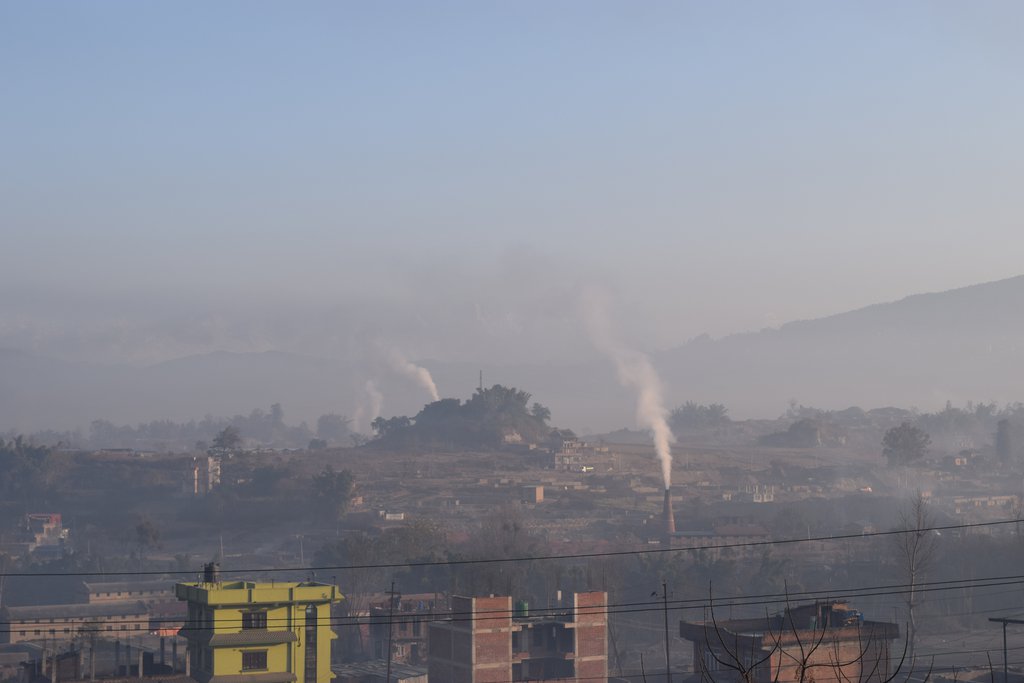
In the heart of Nepal's scenic beauty lies Kathmandu, its bustling capital and a beacon for tourists seeking adventure, spirituality, and cultural immersion. However, amidst the majestic backdrop of the Himalayas, a growing threat looms large – air pollution.
Recent reports indicate that Kathmandu's air quality has plummeted to hazardous levels, primarily due to vehicular emissions, industrial activities, and the burning of solid waste. This degradation in air quality not only poses severe health risks to the city's residents but also casts a shadow over its tourism industry, the lifeblood of the local economy.
Tourists, drawn to Kathmandu's ancient temples, vibrant markets, and the gateway to the world's highest peaks, now find themselves confronted with a different reality – one marred by a thick haze and the acrid smell of pollutants. The once-clear views of the iconic Himalayan range are obscured by a blanket of smog, deterring travelers and adventurers alike.
Local businesses that rely on tourism are feeling the pinch as visitor numbers dwindle. Hotels, restaurants, and tour operators are grappling with cancellations and reduced bookings as concerns over air quality escalate. The allure of exploring Kathmandu's rich cultural heritage and embarking on treks to Everest Base Camp or the Annapurna Circuit is overshadowed by health hazards associated with prolonged exposure to polluted air.
Authorities in Kathmandu are facing mounting pressure to address the air quality crisis and mitigate its impact on tourism. Efforts to curb pollution through stricter regulations, investment in cleaner technologies, and public awareness campaigns are underway. However, the road to recovery is fraught with challenges, requiring concerted action from all stakeholders – government bodies, industries, residents, and tourists.
As Kathmandu grapples with the adverse effects of air pollution on its tourism sector, the urgency to find sustainable solutions has never been greater. The fate of Nepal's tourism capital hangs in the balance, with stakeholders racing against time to preserve its natural beauty and cultural heritage for generations to come.





